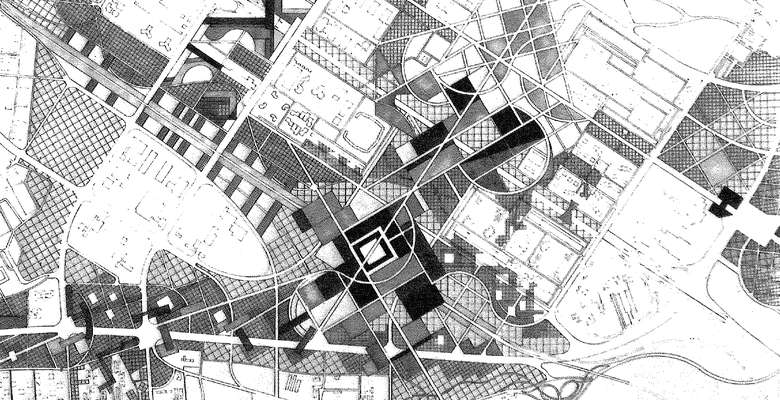Idea by
Benjamin Busch
Call for ideas 2018
Architectures of Autogestion
Architectures of Autogestion

Autogestion, or workers’ self-management (Serbo-Croatian: radničko samoupravljanje), is a radical organizational form where workers collectively manage and own the means of production. More than self-organization, autogestion implies a fundamental transformation in the decision-making and ownership practices of a society.
The automation of manual and cognitive labor today challenges established notions of autogestion rooted in previous centuries’ productive paradigms. Decentralized technologies like cryptocurrencies and smart contracts could present opportunities for self-management, while centralized corporate platforms create new threats and dependencies.
Based on a methodology consisting of academic research, documentary practice, and curating, I intend to create an exhibition that brings together works of art and architecture with speculative applications of emerging technologies, all toward a renewal of the idea of autogestion.
Image: Lefebvre et al., New Belgrade, 1986
Architectures of Autogestion
Architectures of Autogestion

Autogestion, or workers’ self-management (Serbo-Croatian: radničko samoupravljanje), is a radical organizational form where workers collectively manage and own the means of production. More than self-organization, autogestion implies a fundamental transformation in the decision-making and ownership practices of a society.
The automation of manual and cognitive labor today challenges established notions of autogestion rooted in previous centuries’ productive paradigms. Decentralized technologies like cryptocurrencies and smart contracts could present opportunities for self-management, while centralized corporate platforms create new threats and dependencies.
Based on a methodology consisting of academic research, documentary practice, and curating, I intend to create an exhibition that brings together works of art and architecture with speculative applications of emerging technologies, all toward a renewal of the idea of autogestion.
Image: Lefebvre et al., New Belgrade, 1986